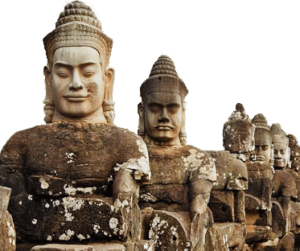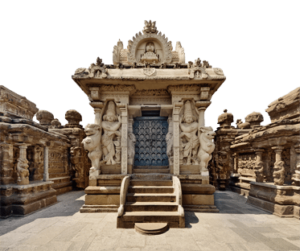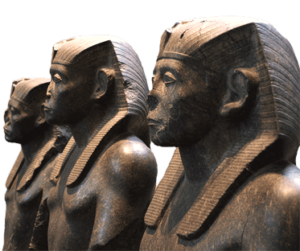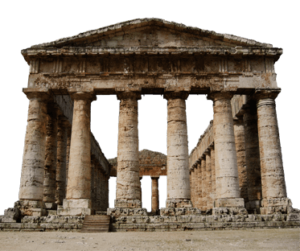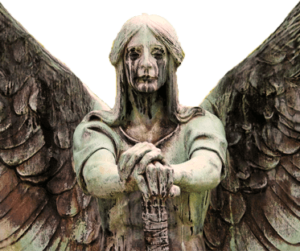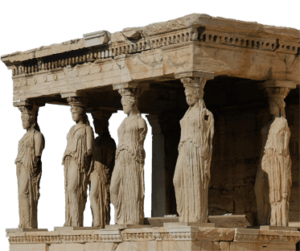HISTORY DEMANDS VISUAL CONFIRMATIONS
Sculpture solutions involve not only shaping materials but also shaping ideas. It does not matter whether its forms are crude or well-defined, they always carry a communicative meaning. To do this, certain materials are used that allow expressing certain concepts in a precise and visual language. Since sculpture depends on such materials as wood, metal, clay, stone, their abundance or deficiency inevitably affects not only creative activity but also the development of sculpture at large. To trace this development, we must go a long way of thousands of years.
Ancient cult objects and 3D configurations of the present generation are the manifestations of their own epochs and the embodiment of intentions of certain cultures. To find out what exactly these intentions were, it is necessary to conduct a lot of research. Basically, the evidence found is always scanty, because over time, many data have been destroyed, and it takes much more time and effort to collect and analyze the necessary information. Today it involves a multidisciplinary approach – historians, archaeologists, anthropologists, and experts of the artistic niche try to retrieve what is almost lost.
SPECIFIC HISTORICAL EPISODES
Fun facts about sculpture and artistic activities in general
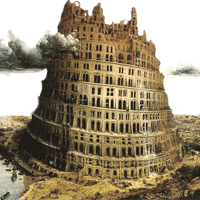
During the reign of King Nebuchadnezzar II (605-562 BC) the Tower Of Babel that was being built at that time was 90 meters from the ground and was supposed to reach the sky. The ziggurat was named the House of the Foundation of Heaven and Earth, or E-temen-an-ki. In accordance with various records, it rose in 7-stepped stages that were colored from the bottom to the top in white, black, red, blue, orange, silver and gold. The last stage was a small temple.
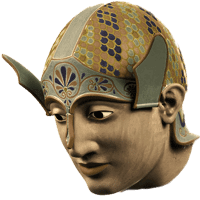
For a long time, it was believed that ancient Greek sculptures made from white marble were originally colorless. However, recent studies of scientists have confirmed the hypothesis that statues were painted in a wide range of colors, which eventually disappeared under the long-term effects of light and air.
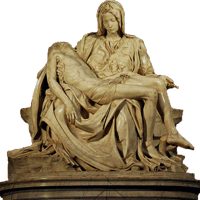
When Michelangelo finished his first “Pietá” and it was exhibited in St. Peter’s Basilica, he heard people rumor that it was made by another sculptor – Cristoforo Solari. Then Michelangelo carved the following words on the belt of the Virgin Mary: “This was done by Florentine Michelangelo Buonarroti”. Later, he regretted this outburst of pride and never signed his sculptures.
Create History And Become a Part of It
Need to materialize a sculptural or artistic project or create its visualization?
Have an idea, but no solutions? Or have an object, but no ideas? Take a look at our expert articles, guides, tips, recommendations, and insights, or…
- Sculptures and Reliefs of Angkor ThomOne of the characteristic features of ancient Khmer art, which distinguishes it from the art of India, originates in the folk architecture of Cambodia – in the forms of wooden pile structures with ridge roofs covered with straw or reed. This type of buildings goes back to remote prehistoric times and is very different from… Read More »Sculptures and Reliefs of Angkor Thom
- Sculpture in Architecture of Different EpochsArchitecture often tries to “play” with several spatial formal concepts, but the degree of this experiment is often limited. Sculpture is an environment where formal and spatial experiments can be conducted from an aesthetic point of view and without architectural limits. That is why there is an invisible and inextricable connection between sculpture and architecture.… Read More »Sculpture in Architecture of Different Epochs
- Artifacts in Museums and Imitation of Historical ContextOur lives are just bound up with objects. Museums are the evidence of a deep interest in things around us, either natural or products of human activity. Why does mankind store this historical stuff, what do we learn from it, and what causes mankind to be carried away by the objects of the past? The… Read More »Artifacts in Museums and Imitation of Historical Context
- Archaeological Falsifications and Forgery in PaleontologyWe tend to think that forgery of antiquities is a problem engendered by illegal trade. When there is no excavation site, no context, and no documentation proving the responsibility of a museum, we cannot state that the artifact is exactly what we think it is. That’s why most fakes are registered as artifacts. This is… Read More »Archaeological Falsifications and Forgery in Paleontology
- Terracotta Army: Excavation Stages and Discovered PitsFrom 1974 to 1977, pits with the terracotta army, which served as a funeral complex in the mausoleum, were excavated just one kilometer from the mausoleum of the First Emperor of China, Qin. Pit No. 1 is located in the south, with a length of 216 m from east to west, a width of 62… Read More »Terracotta Army: Excavation Stages and Discovered Pits
- The Haserot Angel – Frightening Bronze SculptureLake View Cemetery in Cleveland contains more than 100,000 graves, including those of presidents and business giants. Nevertheless, its most striking marker can be a disturbing statue, known as the Haserot Angel. This is a bronze sculpture of an angel guarding the grave of Francis Haserot at Lake View Cemetery, Cleveland, Ohio. Sculptor Herman Matzen… Read More »The Haserot Angel – Frightening Bronze Sculpture
- Temple of Segesta: Greek-Style Architectural CharacterThe temple of Segesta draws awe and admiration, as its construction is the work of the Trojans. The evidence of it is in the records of the Roman historian Tacitus. Moving to Sicily, the Trojans were renamed into Elyms and built two cities – Segesta and Eric. Up to date, the cities have long ago… Read More »Temple of Segesta: Greek-Style Architectural Character
- Indian Temples – Artistic Solutions and FeaturesAlmost all Indian art has always been religious, and almost all forms of artistic tradition have been very conservative. The Hindu temple developed over two thousand years, and its architectural evolution passed within the limits of strict models under exclusively religious considerations. Therefore, the architect had to observe the basic proportions and use rigid forms… Read More »Indian Temples – Artistic Solutions and Features
- Erechtheion – Architectural MysteryErechtheion is a real architectural gem, created in a noble Ionic style. Its construction was completed after the death of the Athenian statesman Pericles. The structure has a rather unusual architecture, which is not characteristic of many temples of the classical antique era. The main building was originally divided into two unequal parts, and they… Read More »Erechtheion – Architectural Mystery
- Ancient Egyptian Sculpture: Artistic TraditionsAncient Egyptian sculpture was closely connected with Egyptian architecture and mainly concerned temples and funeral tombs. Egyptian tombs required the widest use of sculpture. In these pits, portrait statues of the deceased pharaoh were installed. In addition, this type of prehistoric sculpture included statues of civil servants and scribes, as well as groups depicting a… Read More »Ancient Egyptian Sculpture: Artistic Traditions
- Terracotta Army – Stages of CreationMore than 8,000 life-sized sculptures of Chinese soldiers (Terracotta Army), randomly found in China, personify the army of the first emperor of China, Qin Shi Huang-di. 2,200 years ago, he united small disparate states and made the Chinese empire and during the Warring States period won battles with other armies. After being enthroned, the 13-year-old… Read More »Terracotta Army – Stages of Creation
